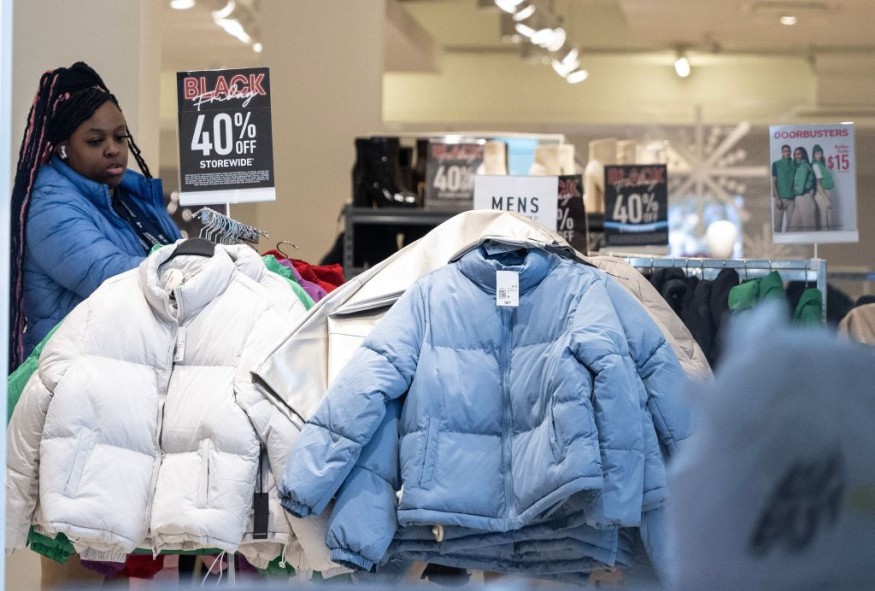Late Shoppers Rejoice as Retailers Turbocharge Delivery!
Some of America's largest retailers are attempting to boost delivery speeds in order to satisfy customers who anticipate faster and faster deliveries.
Walmart, Target, and Amazon are all-in on the shipping battles, which retail experts say will help them keep a competitive edge over Chinese low-cost retailers Shein and Temu. Walmart and Target's expenditures are also geared at closing the delivery speed gap with Amazon, which has established the norm for rapid shipping and continues to reign supreme.

Amazon deliveries have started arriving at Prime users' doors even faster this year, according to the company's new distribution plan, which splits the country into eight zones and sends things mostly from warehouses in those regions.
According to Amazon, the goal is to have goods traverse shorter distances with fewer touchpoints, which helps the corporation not only speed up delivery but also save expenses.
Previously, the Seattle-based e-commerce behemoth fulfilled orders from warehouses scattered across the country. In July, it reported that 76% of client purchases were completed inside their area, up from 62% before to the shift.
According to company officials, speedier shipping is also being pushed by Amazon's development of same-day delivery, which was originally offered to Prime members in 2015 for $139 per year in exchange for free two-day shipping and other advantages. Same-day delivery locations are smaller warehouses situated in metropolitan regions that primarily stock the top 100,000 goods that customers seek.
According to Amazon Vice President of Delivery Experience Sarah Mathew, the business presently has 55 of these locations around the country. It intends to double the number in the next years.
Walmart and Target Catch Up
To catch up, Walmart and Target have been investing in warehouse renovations, new facilities, and other initiatives that they claim will help cut costs.
Walmart operates over 4,000 locations around the country as fulfillment and delivery hubs for online orders.
In November, the firm said that it will add 40 parcel stations to stores in nine states by the end of the year in an effort to process more items and deliver them to customers faster. Many of the stations, which function as little post offices that receive and deliver gifts, will be open over the Christmas season, according to the country's top retailer.
Simultaneously, the Bentonville, Arkansas-based corporation is attempting to automate its facilities in order to speed up delivery to shops and customers.
Walmart is achieving this in a variety of ways, including automating all 42 of its regional distribution facilities, which store non-perishable commodities and send them to shops. It is also constructing four automated warehouses for perishable commodities. It also intends to build more than 100 smaller facilities that will be linked to its stores and handle internet purchases.
Since last year, Walmart has also established three completely automated "next generation" fulfillment facilities, which stock a wider range of popular products and reduce the number of steps required to pack and ship orders from 12 to five.
According to the corporation, these hubs, as well as adjustments to its transportation network, have allowed it to "dramatically increase" the amount of orders it can send the following day. According to Walmart, the objective is to treble the number of daily customer orders completed and to increase next- and two-day shipping to roughly 90% of the US.
Meanwhile, Target made a $100 million investment earlier this year to enlarge its own warehouses, known as sortation centers, in order to enhance shipment speed.
Sortation centers accept parcels for online purchases from 30 to 40 nearby Target stores, which are then sorted, batched, and routed by a third-party carrier or Shipt, which Target owns, for delivery to local communities.
This year, the warehouses are scheduled to more than treble their delivery volume to more than 50 million shipments, with an increasing amount of things delivered to clients the following day. The firm, which now operates 10 sortation facilities around the country and wants to expand to at least 15 by early 2026, expects to distribute 9 million items from sortation centers over the holiday season.
Despite the fact that both Walmart and Target use their physical footprint to assist deliver online purchases, Jason Goldberg, chief commerce strategy officer at advertising giant Publicis, pointed out that Amazon has significantly more warehouse space and vehicles than Walmart and Target. He claims that even if Target and Walmart significantly increased their delivery hubs, they would still fall short of Amazon.
Related Article : Holiday Season Could Leave Luxury Retailers Drowning in Unsold Inventory
Copyright © MoneyTimes.com










